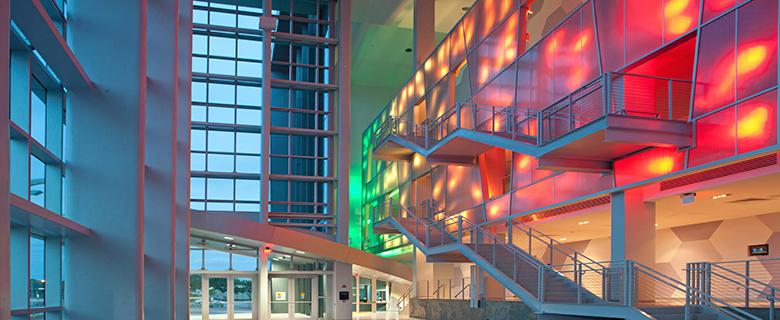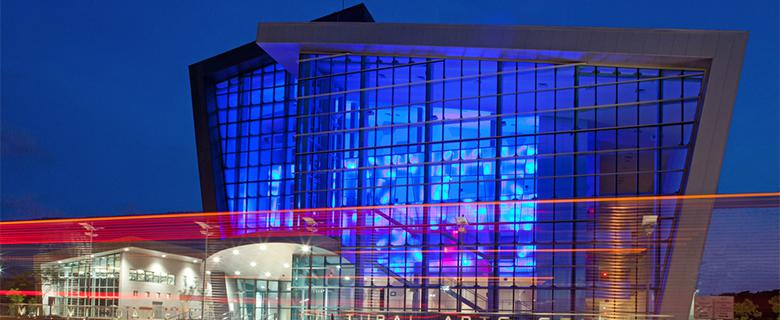A Guide for Non-Profit Arts Groups
Planning for a natural disaster seems like the biggest oxymoron in the world. How do you plan for a disaster? How can you anticipate a calamity? Isn’t the reason a catastrophe is a catastrophe is that it is unexpected? It seems illogical that you can and should have a crisis plan ready and waiting for anything from a hurricane to a flood to an earthquake.
PRE-PLANNING
Where to begin? First, schedule an annual meeting of key department heads and your board executive committee. In a small organization set up a meeting with all management, board leaders and key artistic staff.
Have a Detailed Disaster Plan
Have a disaster plan in place. Outline who is responsible for each essential area. Have a clear chain of command for each item. For example outline who will be responsible for canceling performances or events; who will be responsible for putting up hurricane shutters and securing the office, who will be in charge of visiting the site after the storm etc. Who will be in charge of human resource issues. Will hourly staff be paid while the office is closed? Decide payment and payroll plans and who will follow up with these important tasks.
Insurance: Once a year have a board committee or staff member go over insurance coverage for your organization. If you own your building or facility make sure the policy covers real costs of repairing the building in case of large amounts of damage. Find out if there is an additional deductible for hurricanes or other natural disasters. To save money, many groups accept high deductibles and can’t afford to rebuild. If you rent your office space check to see if your general liability policy covers replacement of your office contents (equipment, furniture) etc. It is best to have replacement coverage.
Computer files: Make sure to back up your computer files and digital files on a regular basis and store the back-up files off site or on the cloud in a web based system. Make sure your back up files are kept some where safe and secure.
Office Records and Contents: Make sure important files are in waterproof file cabinets. It is best to secure file cabinets in a storage space without windows. Take photos of your office equipment, furniture and contents with a digital camera and store the photo files away from the office. This information will be important if you sustain damage in a natural disaster.
Contact Info: Make sure you have an updated cell phone and home phone list for key employees and board members so they can be reached in case of a disaster to help your group make important decisions. Set up a designated phone number that staff can call for a recorded message instructing them on the status of the organization. Ask all your staff and board members to leave voice messages about their personal situations so you can arrange to help those that need it most.
AFTER THE STORM
- Call your executives, key staff and board to make sure everyone is alright and to make plans for the organization. If you have more than a few employees set up an emergency message on your voice mail instructing staff and board on the status of the organization. Tell all employees the number they will be calling for updates.
- Assign a marketing point person to do regular updates on website and social media platforms to keep your patrons and audience informed.
- If the office is safe, have the designated staff or board member visit your building or office to determine the extent of damage. If necessary or possible, remove salvageable equipment, files etc. If the office did not sustain significant damage lock up and leave. If the office was damaged determine, as much as possible the extent of damage. Take photos with your cell phone or digital camera.
- Call your insurance agent with a list of damage and arrange a meeting. Be patient. This meeting may take a while as insurance agents will be worth their weight in gold. Do not to sign any final agreements with the insurance until a board member and other executives review the compensation offer. Do not accept any final payment until after electricity is on to confirm equipment works etc. Some damage may not be readily apparent – if your space was damaged have a licensed contractor look at it and give you an estimate of repair prior to accepting any insurance settlement.
- If you have significant damage learn about FEMA (Federal Emergency Management Association) and other federal, state and local funds and agencies that will be set up to help rebuild.
- Set up a timeline which will include decisions about when the office will re-open, when staff will begin working and when performances and events will resume. These decisions will be affected by many factors including: is the area where your office is located safe, accessible, and with power; is your staff available (not covering their roof in tarp and fending off looters for example) and what is the mood of the community. If your office is not habitable or without phone or power for a long period you may need to set up a temporary office. People and companies are very generous immediately following the storm. If you need a temporary office don’t be afraid to ask some companies in unaffected our less affected areas for help.
- Volunteer in the re-building efforts.
- Make sure the arts have a voice in rebuilding efforts. Help us insure arts executives and arts board members are on the rebuilding committee(s) to ensure the cultural community will be part of the solution and be in discussions to receive necessary funds and assistance.






